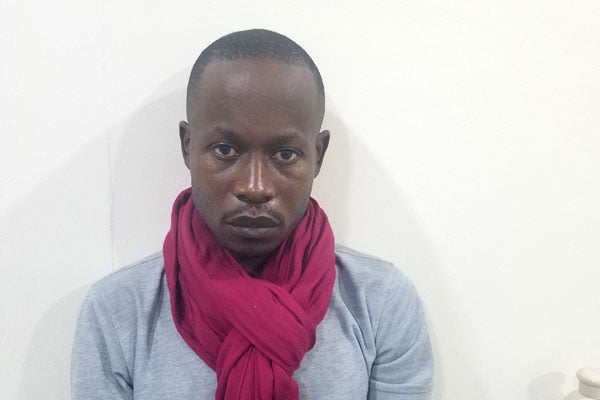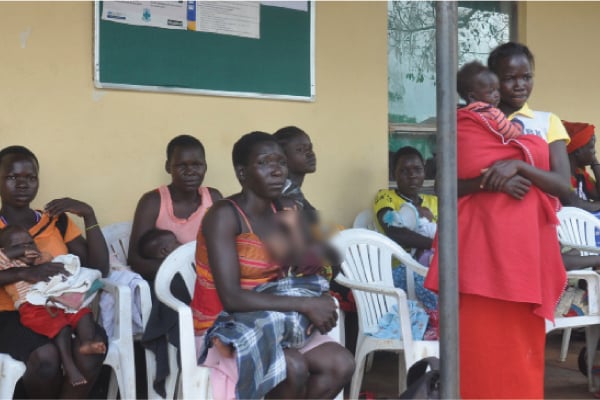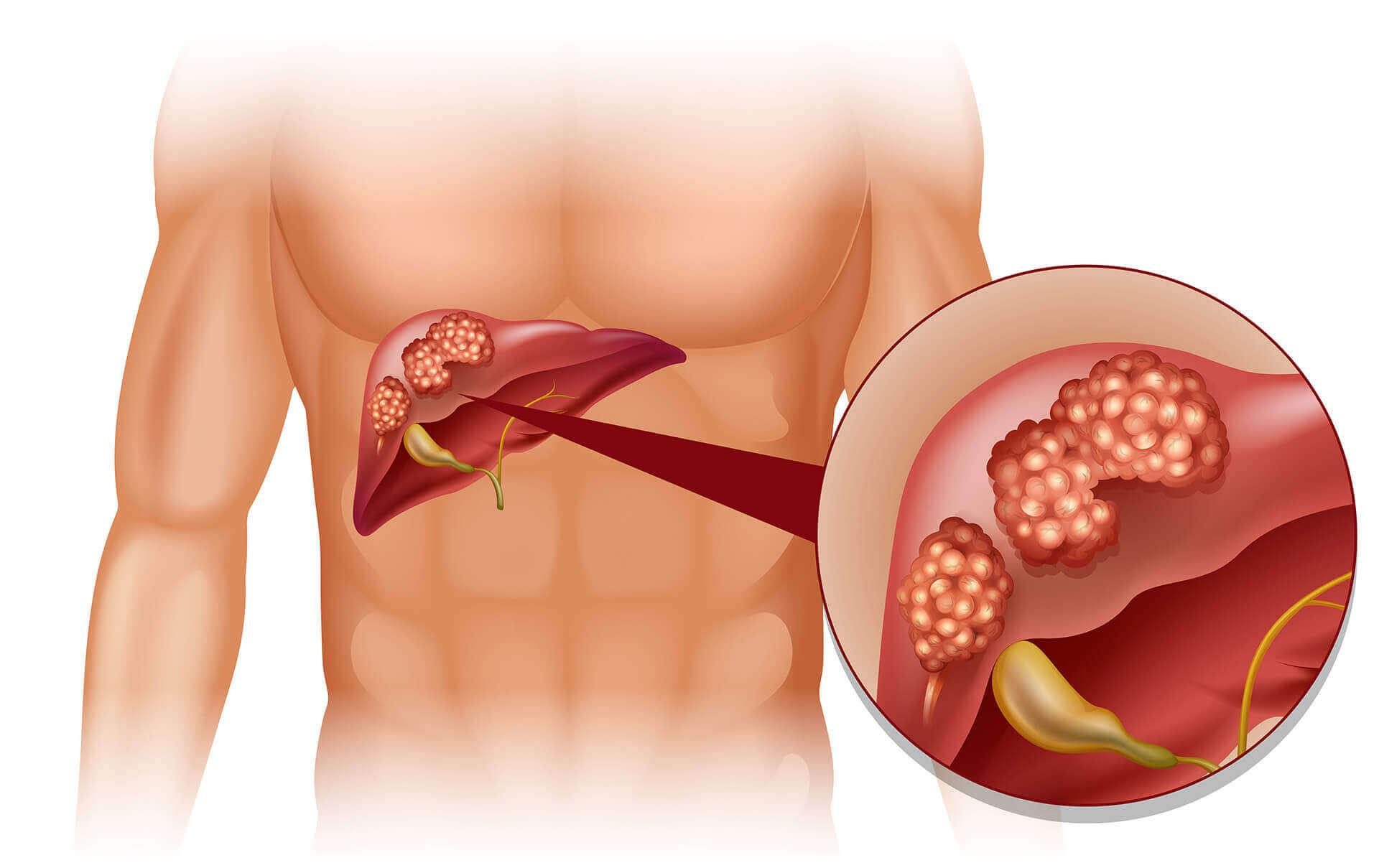Prime
The easily ignored throat and neck cancer

Andrew Lubega, a sufferer of nasopharyngeal cancer thought he just had a cold and throat irritation. PHOTO | PHIONAH NASSANGA
“My symptoms for nasopharyngeal cancer were a headache on one side which I thought was a cluster headache. I then had ringing of the ears and double vision. I did have sinus problems such as postnasal drip and frequent canker sores,” Andrew Lubega, a sufferer says.
After three months of a burning sensation in the throat and a series of headaches Lubega, 37, was on October 1, 2020 diagnosed with nasopharyngeal cancer. A head and neck cancer that starts in the upper part of the throat behind the nose and near the base of the skull.
“In July 2019, I started experiencing a burning sensation in the throat and thought l had a cold. I used lemon and ginger but it did not subside,” he says.
From the burning sensation in the throat, to the constant headaches, then inflammation in his left ear, Lubega later thought it was as a result of a toothache. He bought some painkillers until he decided to visit a dentist as the pain intensified.
He then visited an ear, nose, and throat (ENT) specialist who said his throat had a simple inflammation and swelling in the ear, but with the help of a few antibiotics he would be fine.
However, these did not help , which prompted him to go for a computerized tomography (CT) scan. Samples were also taken for more tests and clarifications. It was then that he was diagnosed with stage four nasopharyngeal cancer.
However, Lubega’s family did not have any known history of cancer.
Signs and symptoms
Dr Geriga Fadhil, a pediatric oncologist and dermatologist at the Uganda Cancer Institute (UCI), says nasopharyngeal carcinoma (also known as NPC) is a cancer that occurs at the back of the nose and starts in the upper part of the throat, behind the nose.
“Early phases may present as irritation in the throat which many people may ignore. However, as the cancer progresses, the patient may start experiencing one sided nasal congestion and once in a while, it may bleed,” Dr Fadhil explains.
The patient will also start getting tinnitus, a condition in which one starts experiencing a ringing noise in one ear. Owing to the proximity of the cancer to the brain, the patient may also start experiencing a constant headache, on one side of the head.
Dr Paul Kawuma, a general practitioner at Joy Medical Center adds that as the cancer advances, the patient will experience difficulty in seeing because the growing tumor starts pressing on the eye nerves thus affecting vision. Beyond that, patients can experience body pains.
“Body pains such as back pain, joint pain are an indication of advanced stages and at this point the tumor has spread from behind the nose into the brain, liver, bones among other parts,” Dr Kawuma explains
Causes and diagnosis
Dr Fadhil says nasopharyngeal cancer is rare, yet common, especially in the tropics owing to a high spread of germs. This cancer cuts across children and adults; in adults it is at the peak in their 20s and 30s, yet in children, the youngest is eight years.
“Nasopharyngeal carcinoma is caused by the Epstein-Barr virus (EBV) and is spread through saliva exchange. Once the virus gets to the back of the nose, it multiplies, affecting the normal cells and causing them to become cancerous,” he says.
At times, parents may chew some foods and give to their toddlers and in so doing might transfer the EBV to the children. That is why children are also get this cancer.
Prevention
Dr Fadhil reveals that the best way to prevent nasopharyngeal cancer would be vaccination, but there is no EBV vaccine yet but there is work to develop one.
“The need for the vaccine is also triggered by the weight of the burden that cancers caused by EBV. Others include bunat lymphoma cancer (BC). This type causes swallowing of the child’s face, especially one side of the jaw,” he says.
According to https://my.clevelandclinic.org, most known risk factors for nasopharyngeal cancer cannot be controlled. Therefore, the disease cannot be prevented in most cases. However, heavy alcohol and tobacco use have been linked to many cancer types so avoiding them offers several health benefits and may reduce one’s risk of developing nasopharyngeal cancer.
Diagnosis
Once diagnosed with nasopharyngeal cancer, a thin tube with a very small camera on the end is put into one’s nose (endoscopy). That helps the doctor get a closer look at the cancerous tumor.
Dr Geriga Fadhil says a small tissue from the tumor is collected for further tests. For clear identification, the patient is also asked to conduct a magnetic resonance imaging (MRI) or a CT scan to assess how far the cancer has spread.
Based on World Health Organisation’s (WHO) data, nasopharyngeal cancer ranks 24th as the most common malignant incidence in the world. In 2002, the International Agency for Research on Cancer (IARC) found around 80,000 new cases of nasopharyngeal cancer worldwide.




